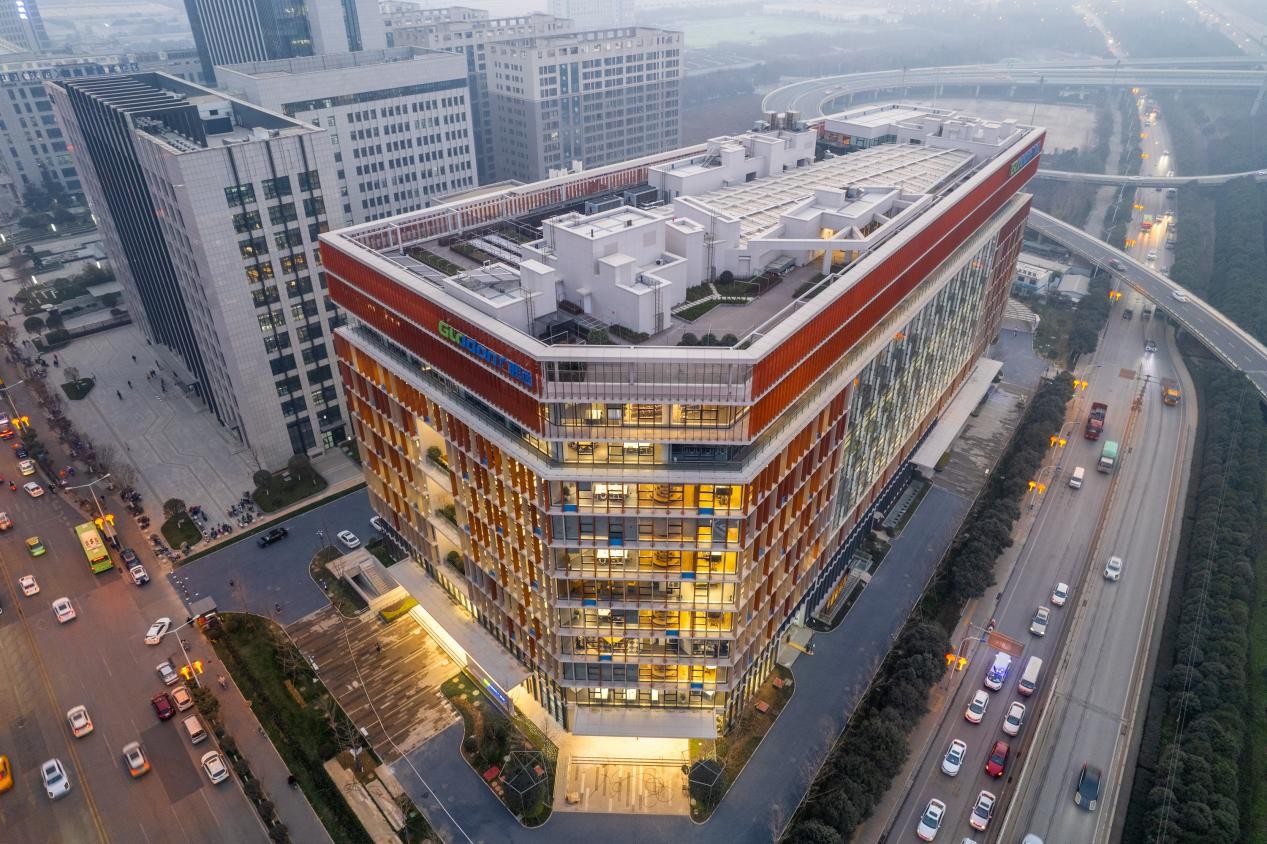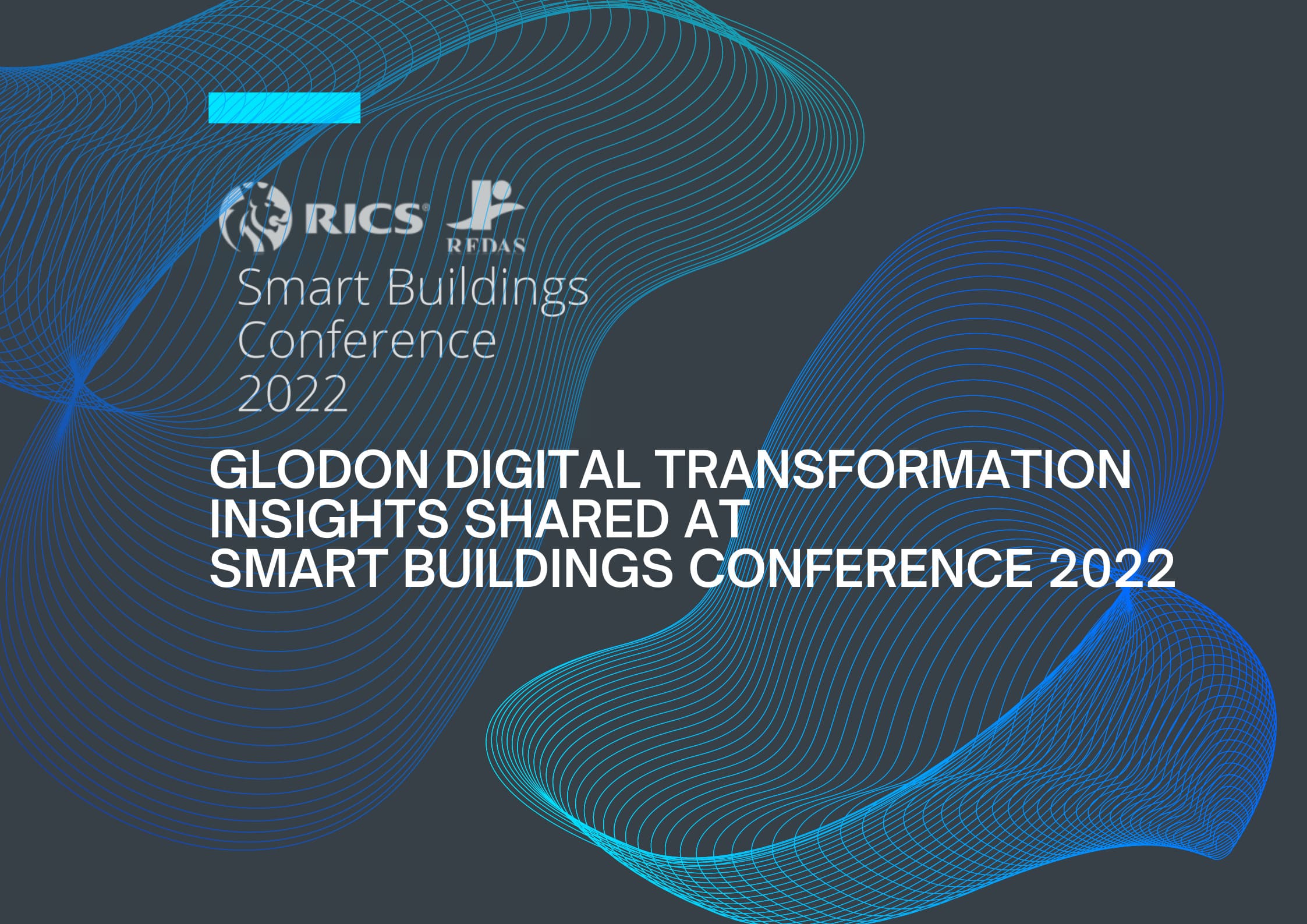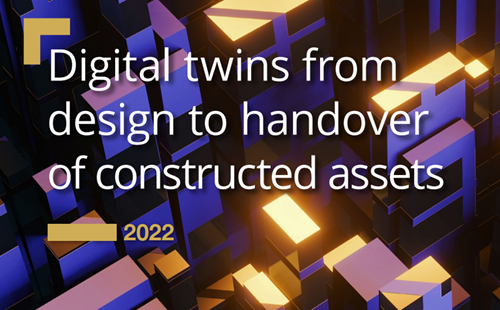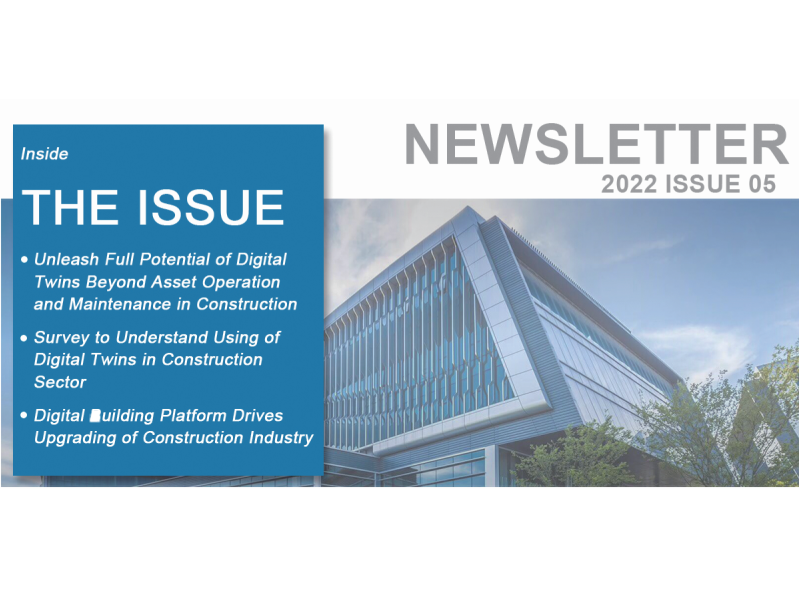Jun 21.2023
Shaping a Sustainable Future with Digital Buildings
By Cristina Savian
The Environmental, Social, and Governance
(ESG) criteria have become increasingly important in today’s rapidly evolving
world. With companies becoming increasingly aware of their need to create a
more sustainable future, digital building is becoming increasingly clear that
it has the potential to help towards these goals as well. How do we leverage digital
buildings to promote environmental, social, and governance issues and transform them
into effective tools to create a sustainable future?
Digital Building: An Overview
A digital building refers to the
application of digital technologies and processes throughout the entire
lifecycle of a building project, starting from the initial design and planning
stages to the construction, operation, and maintenance stages. People often
believe the term only refers to operations and maintenance phases during a lifecycle;
however, its purpose, in fact, starts much earlier. To achieve our
sustainability objectives and make decision-making more effective, we must have
access to structured digital information about our building assets throughout
their lifecycle.
Having access to a digital replica of our
building can offer numerous benefits, including enhancing efficiency, reducing
costs, improving collaboration, enabling data-driven decision-making, promoting
sustainability, streamlining asset management, simplifying regulatory
compliance, optimising resource usage, streamlining facility management, and
enhancing the overall performance of the building and ultimately increasing
resilience throughout the entire project lifecycle, ultimately contributing to
the achievement of ESG goals.
ESG goals and climate change are closely
linked. The built environment is responsible for 79% of total carbon emissions
[1]
,
of which the sector directly controls 43%
[2]
.
To understand what these statistics mean, it is crucial to contextualise them
to determine what interventions are required and how a digital building may be
able to assist.
Let us first look at whole-life carbon emissions as explained by the equation provided below and illustrated in Figure 1.

Whole-life carbon emissions = Embodied
Carbon + Operational Carbon + Beyond the Lifecycle Carbon
A building’s embodied carbon emissions include the net greenhouse gas (GHG) emissions from construction materials, construction processes, and demolition throughout its life cycle. A building upfront embodied carbon is associated with construction, its lifecycle embodied carbon is associated with use, maintenance, repair, replacement, and refurbishment, and its end-of-life embodied carbon is associated with demolition, transport, and waste removal.
An asset’s operational carbon is the
GHG emissions it produces over its lifetime from energy and water use. Beyond
the lifecycle, carbon emissions are emissions beyond the system boundary
from reuse, recycling, energy recovery, and other recovery, covering aspects of
circularity.
Over the last several decades, the focus
has been on reducing operational carbon, primarily through reducing energy and
water consumption. And now, as operational carbon reduces, the importance of
embodied carbon increases.
The embodied and operational carbon
emissions of an asset or portfolio are interconnected. For instance, when
designing a building envelope, the designer should opt for one with a low
embodied and operational carbon footprint. A whole lifecycle comprehensive
approach is required in the selection process, as well as efficient data and
information sharing between project members
[3]
.
This is where digital buildings can provide assistance.
Digital Building: Impact on Reducing
Embedded Carbon
Digital buildings can significantly support
reducing the environmental impact of construction projects by minimising
embedded carbon throughout the construction lifecycle. Here are some of the aspects
that can be influenced:
Optimised Design: Digital buildings can enable architects and engineers to create more efficient and sustainable designs by allowing them to evaluate the most sustainable option. By optimising design, the types of material used and reducing waste, and incorporating energy-efficient systems, digital buildings can significantly lower the embedded carbon footprint of a project.
Material Selection:
Digital information allows in-depth analysis and comparison of different
materials based on their environmental impact. This enables the selection of
materials with lower embedded carbon, contributing to a more sustainable
construction process.
Construction Efficiency:
Digital building can streamline construction, reducing material
waste and improving resource management. This can result in lower emissions
from transportation, manufacturing, and disposal of excess materials.
Prefab and Modular Construction:
Digital building processes facilitate the use of prefabricated and
modular components, which can be produced more efficiently in controlled
environments. This reduces waste, transportation emissions, and the overall
embedded carbon of a project.
Supply Chain Management:
Digital tools can help track and manage the supply chain, ensuring
that materials are sourced responsibly and sustainably. This contributes to
reducing the overall carbon footprint of the construction process.
Adaptive Reuse:
Digital tools can facilitate the adaptive reuse of existing
buildings, reducing the need for new construction and the associated embedded
carbon emissions. By repurposing existing structures, digital buildings promote
a more sustainable and circular approach to the built environment.
Ultimately digital buildings enable a
comprehensive lifecycle assessment of building projects, considering the
environmental impact from design to demolition. This helps identify
opportunities to reduce embedded carbon during construction and throughout the
building’s operational life.
How to put digital buildings in practice
Now that we know the theory, the question
remains, how do we put it into practice? I am frequently asked about the best
technology solution for creating a digital building. While I wish there were a
single, definitive answer, the reality is that our industry is highly
fragmented, and it’s unlikely that a one-size-fits-all solution will ever
emerge. Instead, we have numerous excellent point solutions addressing specific
use cases or the challenges described above.
My best advice is to invest time and effort
in developing a well-thought-out business case that clearly identifies the
desired outcomes for the digital solution. Focus on data interoperability to
ensure that whichever solution you choose, its most valuable asset—the data—can
be easily reused and repurposed across different applications and platforms.
A platform solution approach, such as
Glodon, could indeed be beneficial. The Glodon digital building platform is
undoubtedly one of the most comprehensive and fully integrated solutions I have
encountered. However, it’s essential to recognise that the construction market
in China has evolved distinctly from the rest of the world, primarily due to
significant sociopolitical differences. The Chinese construction industry has
achieved a higher level of standardisation, supported by an exceptionally
advanced degree of digitisation. This unique development has allowed China to
establish its own construction approach, setting it apart from other global
markets and enabling companies like Glodon to develop such advanced digital
building platform solutions.
Whether we can replicate China’s achievements and apply them to the rest of the world remains to be seen. However, we currently have the opportunity to learn from an excellent practical example of how digital buildings can support sustainability, as demonstrated by the Glodon (Xi’an) R&D Centre project.

Glodon (Xi'an) R&D Centre: A Benchmark in Digital Building Practices
The Glodon (Xi'an) R&D Centre project
stands as a remarkable example of a digital building. Spanning a total
construction area of 66,000 m², the building features 3 underground floors and
12 above-ground floors. As a property owned by Glodon, the Digital Building
paradigm is employed throughout the entire lifecycle of the project,
establishing it as an exceptional benchmark for Digital Building practices.
Construction on the project began in
September 2019, and the structure was completed in May 2021. By leveraging
Building Information Modelling and Integrated Project Delivery, the project
successfully breaks through industry silos, fostering effective communication
and collaboration among all stakeholders throughout the entire lifecycle.
This innovative approach has led to
outstanding sustainability results and a significant reduction in resource
usage. Key achievements include:
·
7% faster completion compared
to traditional construction methods
·
5% fewer management personnel
required
·
0% reconstruction, eliminating
waste and inefficiencies
·
70% improvement in
collaboration compared to analogue processes
·
400,000 USD saved through
optimised construction from the initial design
These accomplishments showcase the enhanced
sustainability and resource efficiency made possible by adopting the digital
building approach.
Realistic Achievements in Digital
Building
The achievements of the Glodon (Xi’an)
R&D Centre project may not appear as remarkable as they truly are. The
results seem humbled and realistic to me, more so than the unattainable
promises made by some solution providers that no one seems to ever be able to
replicate.
This raises an important question: How many
technology solution providers construct their own buildings using their own
solutions? The answer is none, leading to another simple yet crucial question:
Why aren’t they?
By constructing its own R&D Centre,
Glodon has effectively demonstrated the practical application of its digital
building platform, thereby validating its efficacy and offering a valuable
model for the industry. This approach underscores the significance of setting
realistic expectations and attainable objectives when it comes to digital
building technology and its potential influence on the construction sector. As
a renowned quote states:
"A leader knows the way, goes the way,
and shows the way."
In my opinion, Glodon's initiative serves as a prime example of true leadership in the field, motivating others to adopt similar practices and work towards a more sustainable and efficient future in the construction industry.
[1]
Thacker S, Adshead D, Fantini C, Palmer R,
Ghosal R, Adeoti T, Morgan G, Stratton-Short S. 2021. Infrastructure for
climate action. UNOPS, Copenhagen, Denmark.
[2] United Nations Environment Programme (2022). 2022 Global Status Report for Buildings and Construction: Towards a Zero‑emission, Efficient and Resilient Buildings and Construction Sector. Nairobi.
[3] https://www.pbctoday.co.uk/news/featured/digital-twins-decarbonise-the-built-environment/124030/













